Fireworks are a mesmerizing display of light, color, and sound. Have you ever wondered how does a firework work?
Whether you're preparing for a grand celebration or just watching the night sky light up during a holiday, the science behind fireworks is truly amazing.
At Red Apple Fireworks, we're experts in creating stunning, high-quality fireworks, and today, we're diving into the details of how these incredible pyrotechnic displays come to life.
When a firework explodes, it's a combination of chemistry, physics, and precise engineering.
Every firework is made up of several key components that work together to produce those stunning colors and patterns you see in the sky.
In this article, we'll break down the process, from ignition to burst, and explain the science behind the light and color effects that make fireworks so spectacular.
What this article covers:
- Components of a Firework
- Launch Sequence
- Aerial Display Mechanism
- Factors Influencing Firework Effects
- Safety Measures in Firework Design
Components of a Firework
Fireworks are more than just a few ingredients thrown together. They are carefully crafted to ensure precision and safety while creating impressive visual effects.
A typical firework is made up of several essential components, each playing a key role in the firework's performance.
Shell
The shell is the outer casing of the firework. It is typically made from a strong, yet lightweight material like paper or plastic.
The shell holds all the other components inside, including the stars and the lift charge.
his shell is designed to withstand the initial blast of the fuse's ignition but will break open when it reaches its peak height, dispersing the stars and creating the visual display.
Stars
The stars are the colorful pellets packed inside the firework shell. These small, combustible bits are made from a mixture of oxidizers, metal salts, binders, and fuel.
Each one is designed to burn with a specific effect—producing colour, spark trails, crackles, or flickers. Their arrangement inside the shell determines the visual pattern you see after the firework bursts.
How Stars Create Color: The Chemistry Explained
When stars ignite, the heat causes electrons in the metal atoms to jump to higher energy levels. As the electrons return to their ground state, they release energy as light. The wavelength of that light determines the colour. For example:
- Strontium = red
- Barium = green
- Copper = blue
- Sodium = yellow
- Magnesium/aluminum = white/silver
- A chemical mix = gold sparks
This process is called luminescence, and it’s the scientific core of every dazzling firework display.
By tweaking the star’s chemical makeup, pyrotechnicians can control not only the colour, but how it flickers, how long it burns, and what shape it contributes to in the sky.
Lift Charge
The lift charge is a mixture of fuel and oxidizer that propels the firework into the air.
This charge is ignited when the fuse reaches it, and the resulting explosion launches the shell high into the sky.
The lift charge is typically made from a combination of black powder and other chemicals that ensure it burns with enough force to carry the shell upwards.
Launch Sequence
The launch begins when the fuse ignites, activating a carefully timed sequence that controls the firework's entire performance.
This includes triggering the lift charge to propel the shell into the sky, followed by the burst charge at peak altitude, which disperses the stars and creates the visual effect.
Activation of the Lift Charge
As the fuse burns, it ignites the lift charge. The lift charge produces a powerful explosion, which propels the firework shell into the air.
This is the loud "whoosh" you hear before the burst of color. The force of this explosion is carefully calculated to ensure the firework reaches the right height before it detonates.
Ascent of the Shell
Once the lift charge ignites, the shell ascends rapidly into the sky. The speed and altitude of the ascent are vital to ensuring the firework creates the intended effect.
If the shell doesn't reach the right height, the visual display can be underwhelming, which is why firework design and testing are so important.
Aerial Display Mechanism
Once the shell reaches its peak height, it's time for the real magic to happen.
This is when the burst charge goes off and the stars are dispersed, creating those stunning visuals we all love to watch.
Burst and Star Effect: The Firework’s Big Moment
At the peak of its flight, the firework’s burst charge ignites, creating the signature explosion. This sudden combustion causes the shell to rupture, releasing the stars packed inside.
These stars shoot outward in all directions, igniting and burning as they move through the sky.
The pattern and intensity of the explosion depend on how the stars are arranged inside the shell and the strength of the burst charge.
Some stars burn quickly to create a bold initial flash, while others burn more slowly, producing trailing effects like peonies, chrysanthemums, or starbursts.
This is the moment when chemistry, physics, and precise engineering come together to light up the sky in spectacular fashion.

Factors Influencing Firework Effects
Creating the perfect firework display requires careful consideration of several factors, all of which influence the final effect you see in the sky.
Chemical Composition: Tailoring the Effect
Beyond colour, the chemical makeup of the stars also influences how fireworks behave in the sky.
By adjusting the formulas, pyrotechnicians can create unique effects such as shimmering gold sparks, bright white flashes, or delayed crackles.
For example, magnesium and aluminum are often used to produce intense flashes of light, while specially formulated mixtures can create the golden trails that are a staple in many professional displays.
Star Arrangement
The way the stars are arranged inside the shell can also impact the display.
Different arrangements can create a variety of effects, such as concentric rings, peonies, chrysanthemums, and other intricate shapes.
This arrangement is carefully designed to ensure that the stars are dispersed in a specific pattern.
Timing of Explosions
The timing of when the burst charge ignites is another crucial factor. If the timing is too early or too late, the firework won't produce the desired effect.
Precision timing is vital to creating the beautiful bursts and patterns that we associate with fireworks.
Safety Measures in Firework Design
At Red Apple Fireworks, we take safety seriously. It's not just about creating beautiful displays – it's about ensuring the safety of everyone involved.
Firework design includes numerous safety measures to minimize risk while still delivering breathtaking performances.
Controlled Ignition Systems
Fireworks are designed with controlled ignition systems to ensure that the fuse burns at a safe and consistent rate.
These systems ensure that the firework is ignited only when it's supposed to be, reducing the risk of premature ignition.
Structural Integrity of Shells
The structural integrity of the shells is critical to ensuring the firework works as planned.
Shells are designed to withstand the pressures of the lift charge and burst charge but are still fragile enough to break open at the peak of the ascent.

Regulations and Standards
Fireworks are subject to strict regulations and safety standards. These rules ensure that fireworks are safe to use and perform as expected.
Manufacturers follow these standards to produce high-quality, reliable fireworks for our customers.
Conclusion
Fireworks are an incredible combination of chemistry, engineering, and artistry that come together to create awe-inspiring displays in the sky.
At Red Apple Fireworks, we take pride in offering the best fireworks for every occasion, whether it's a family-friendly gathering or a dazzling, professional-grade display for a wedding or event.
Our expertise and wide variety of premium fireworks ensure your celebrations are nothing short of spectacular.
From our missiles fireworks to our novelty fireworks collections, we've got everything you need to elevate your next holiday or special event.
Looking for unbeatable deals? Join our Club Red Apple® membership and save up to 25% on your next purchase!
When you become a member, you unlock exclusive perks and benefits that make every firework show even better.
Ready to make your next event unforgettable? Visit Red Apple Fireworks today and let us help you light up the sky!
If you want to learn more, check out these articles below
- What Chemicals Are Used in Fireworks
- What Three Processes Cause Fireworks to Emit Light
- What Problem Occurs If the Firework Mixture Is Not Pure
- When Were Fireworks Invented?
- First American Fireworks
- Facts About Fireworks
- Why Do Celebrate with Fireworks?
- Why Were Fireworks Important in Ancient China?
- How Do Fireworks Get Their Color?
- What Element Makes Purple Fireworks?
- What Element Will Give Fireworks Their Yellow Color?
- What Makes Fireworks Blue?
- Which Metal Ion Is Responsible for the Red Firework?


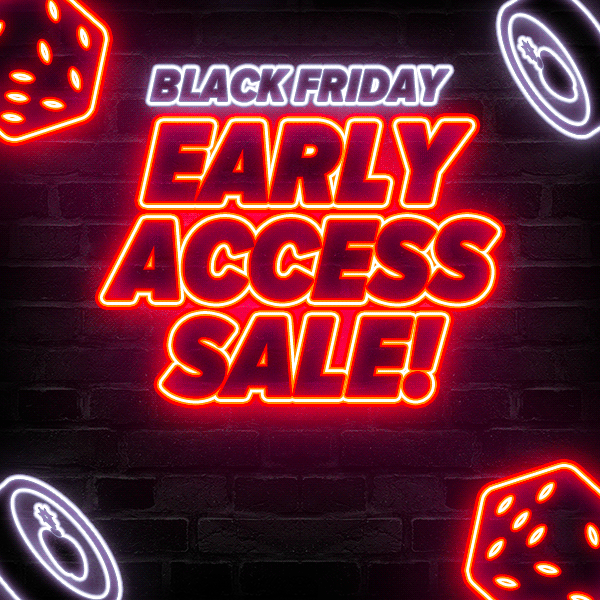
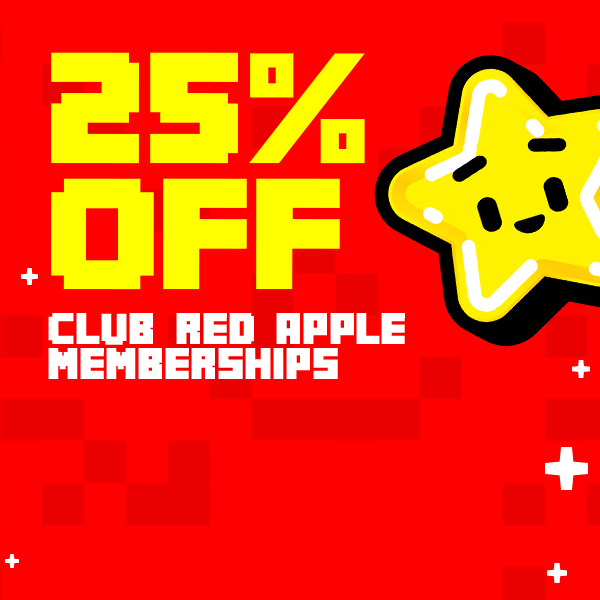
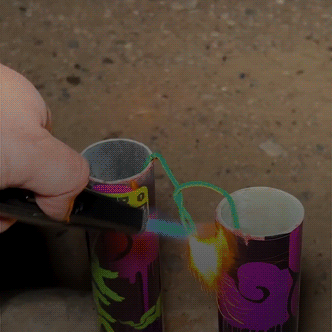
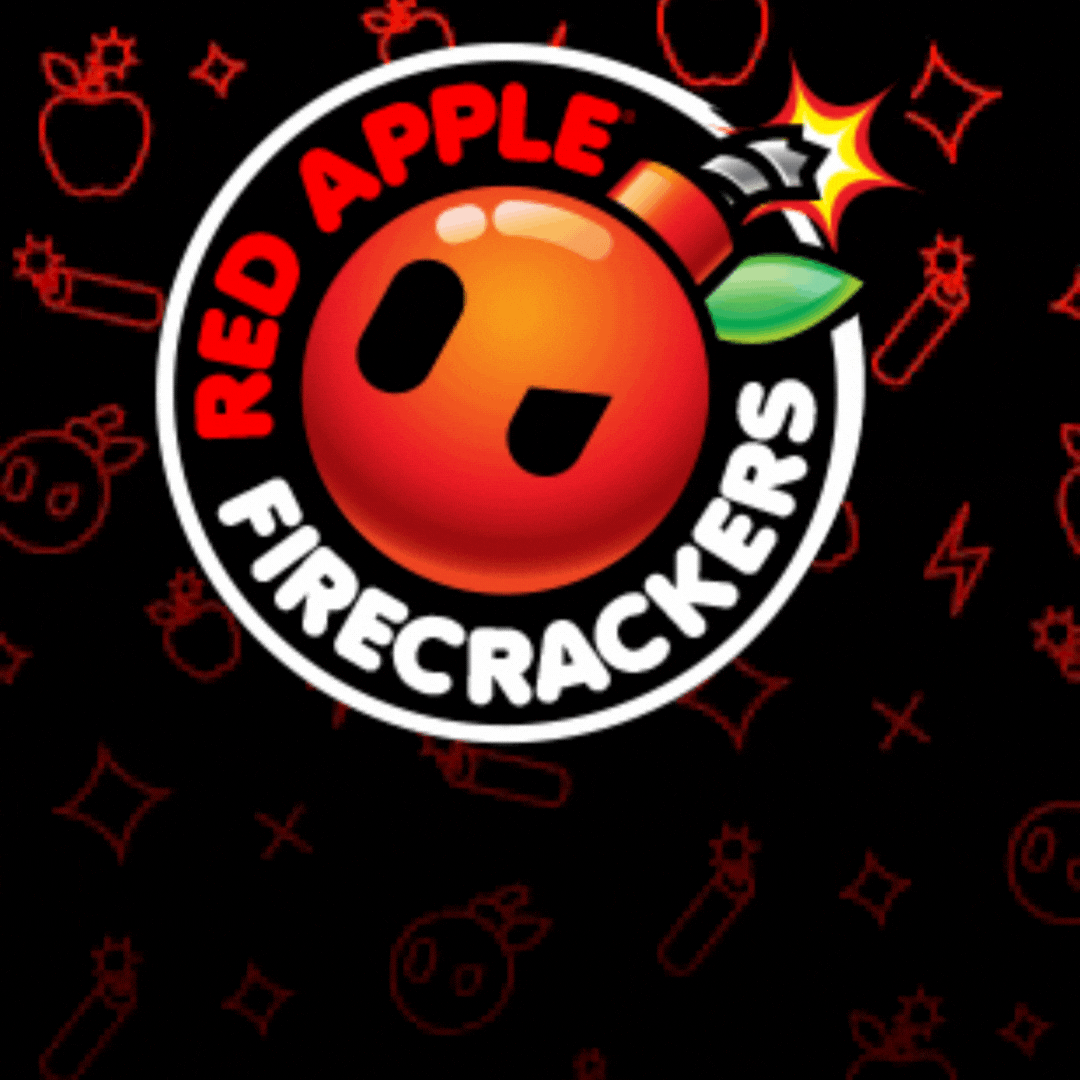
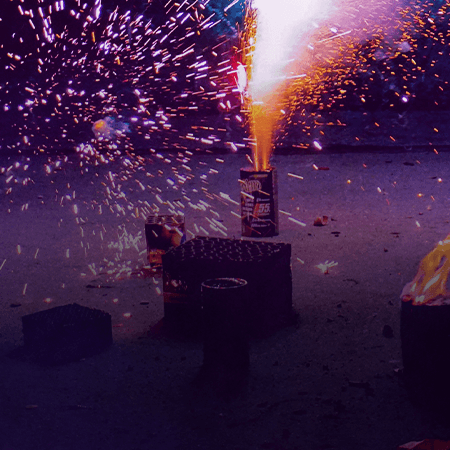
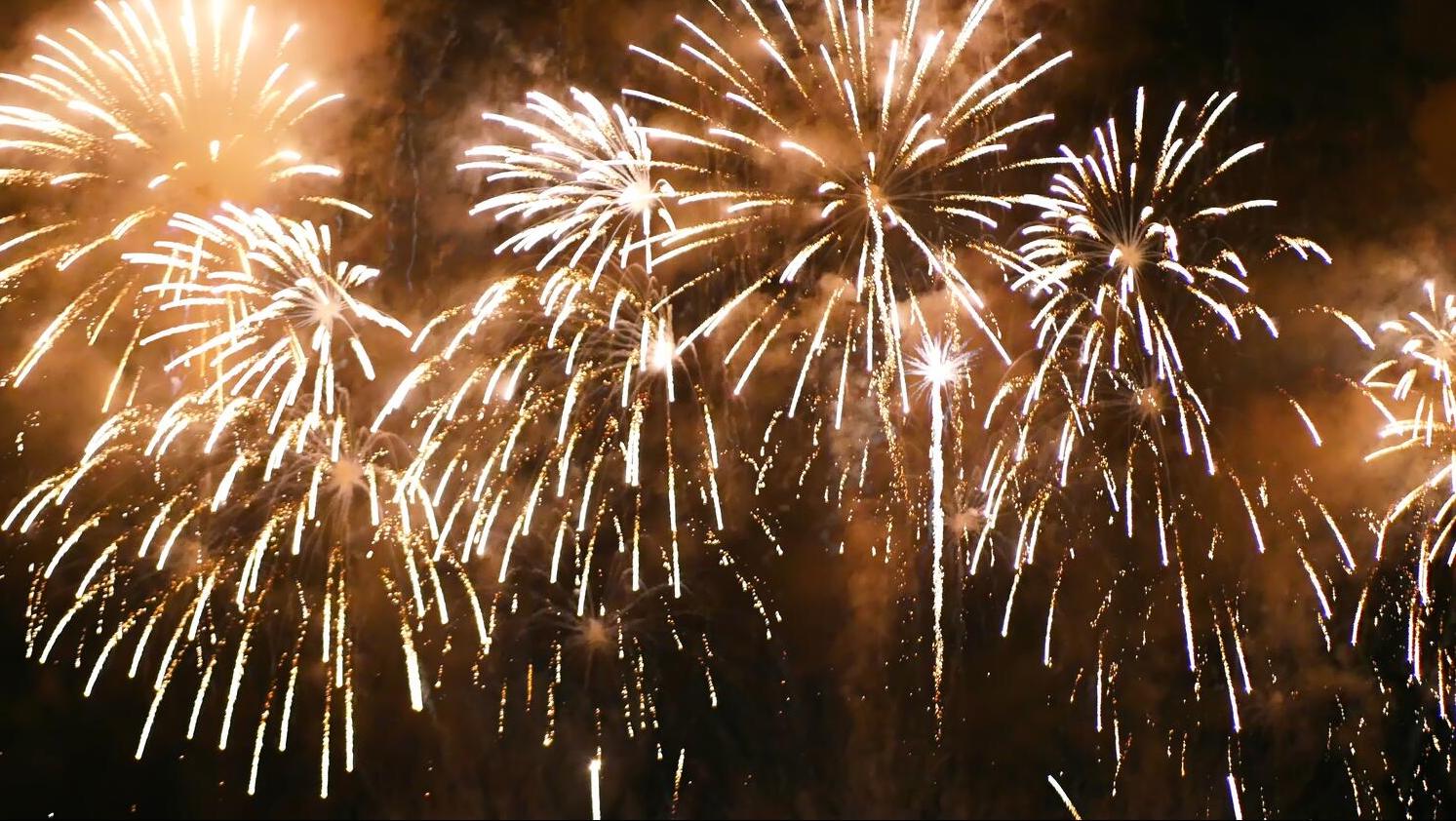
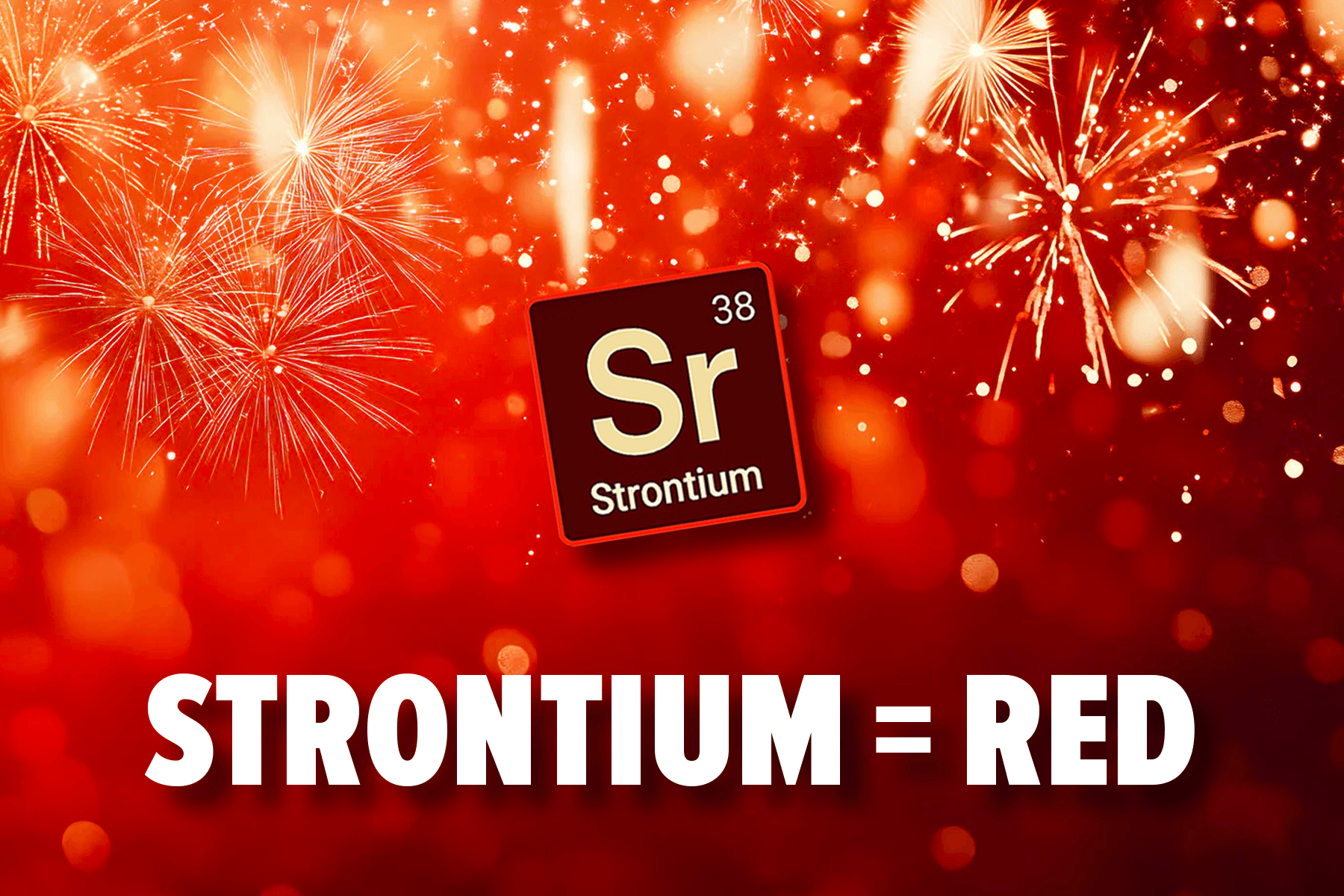
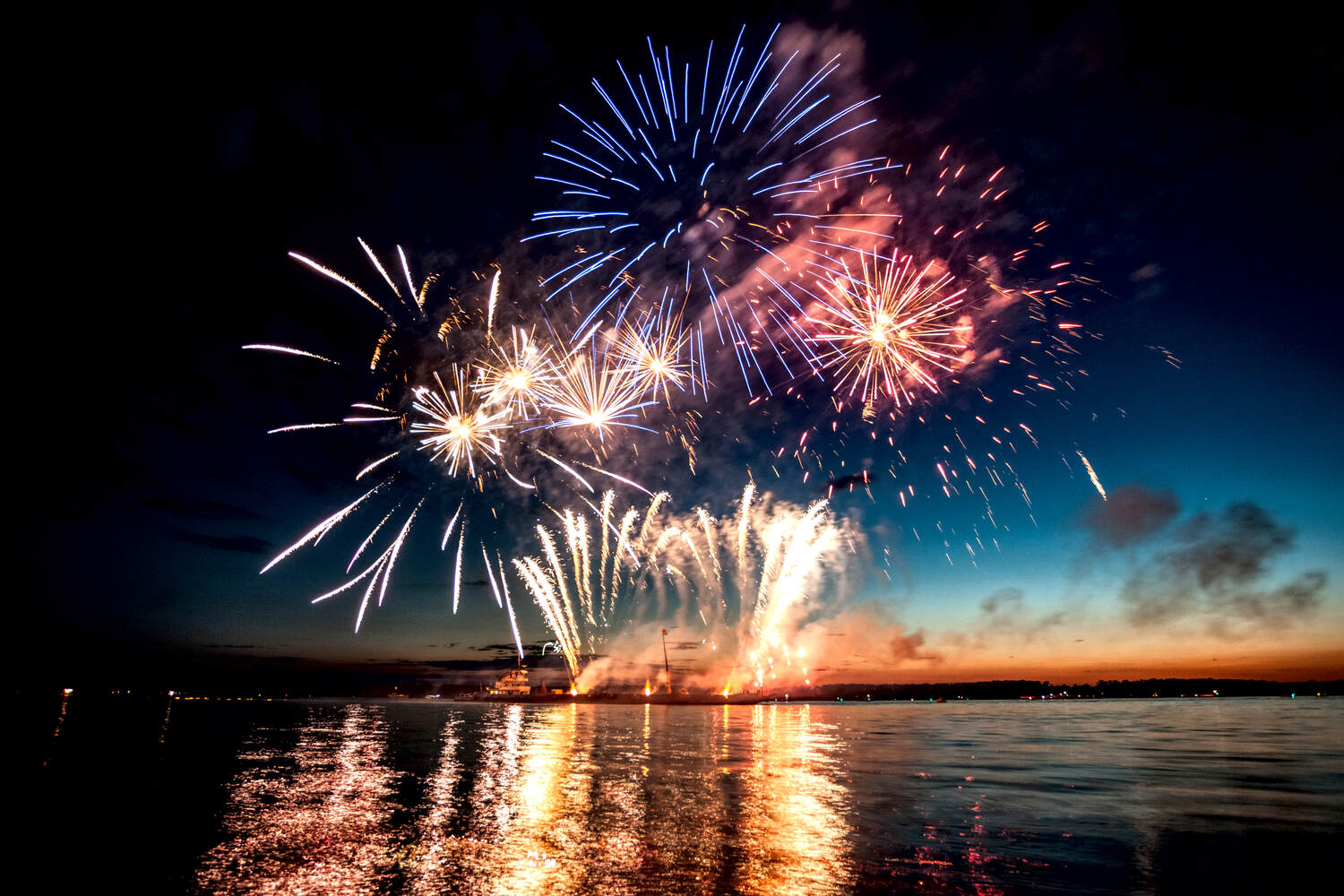
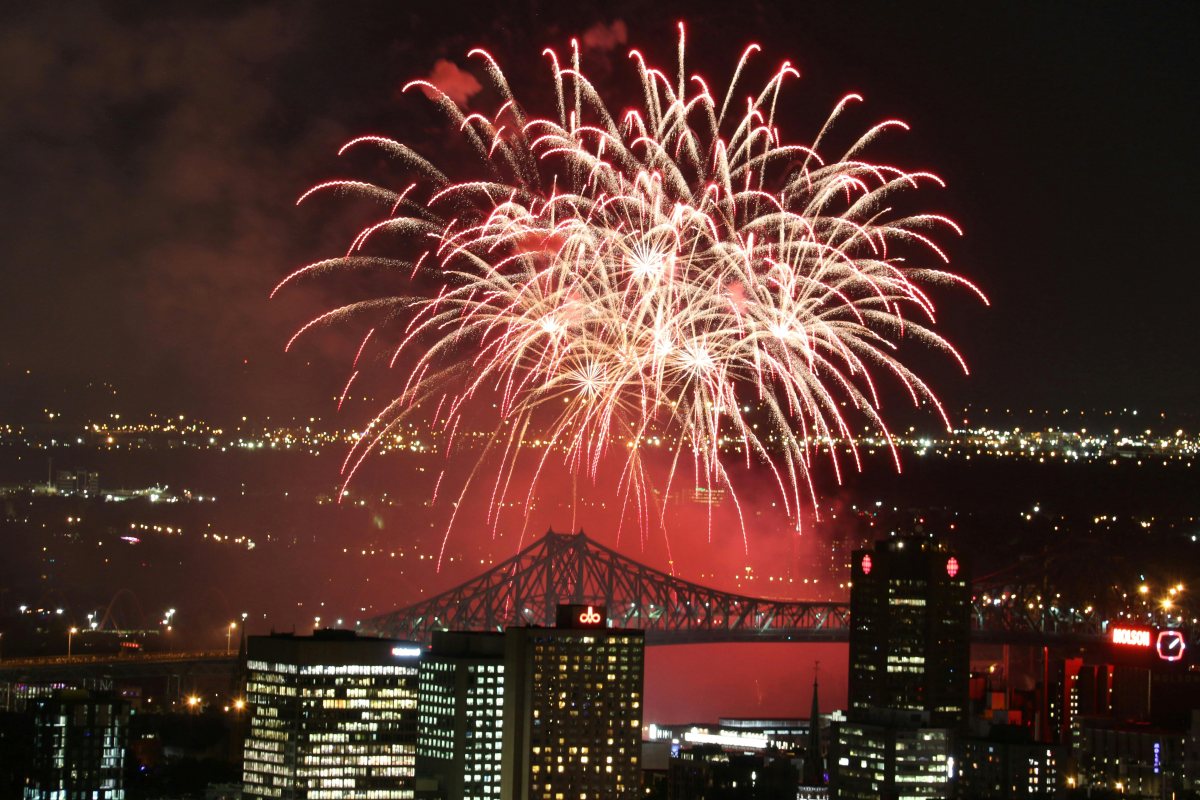
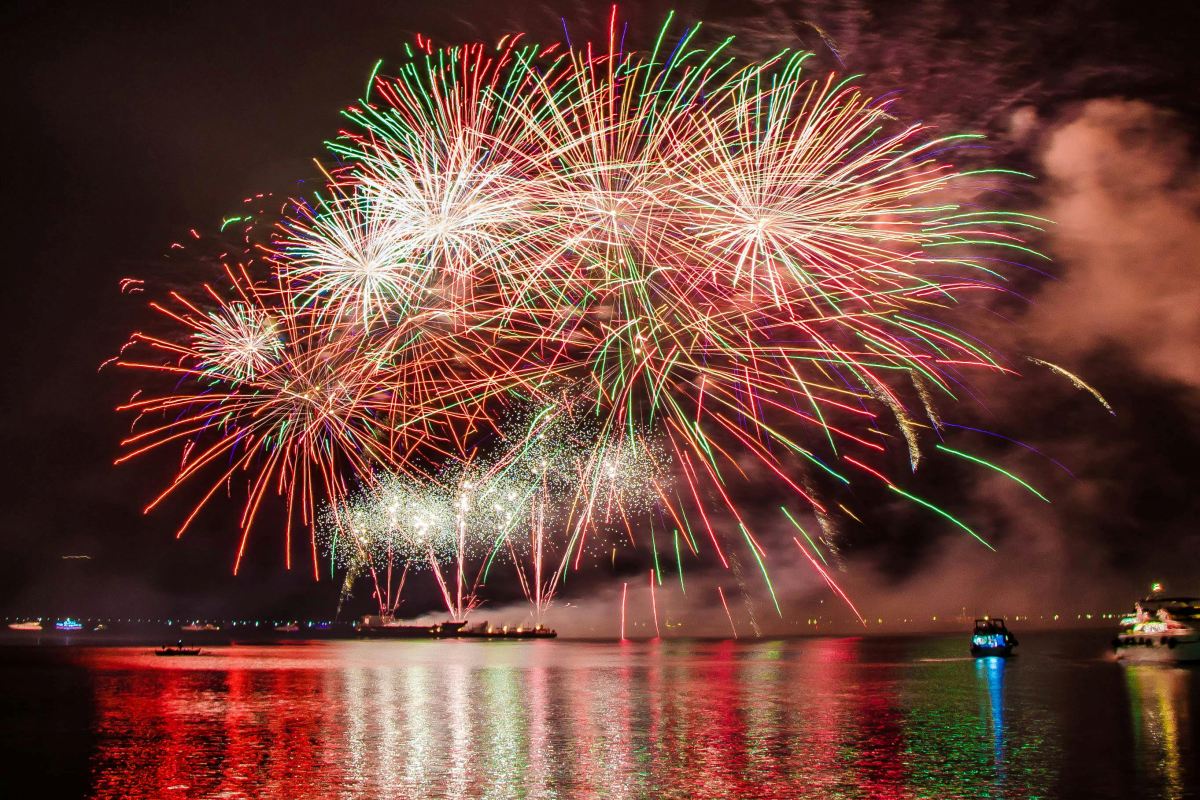
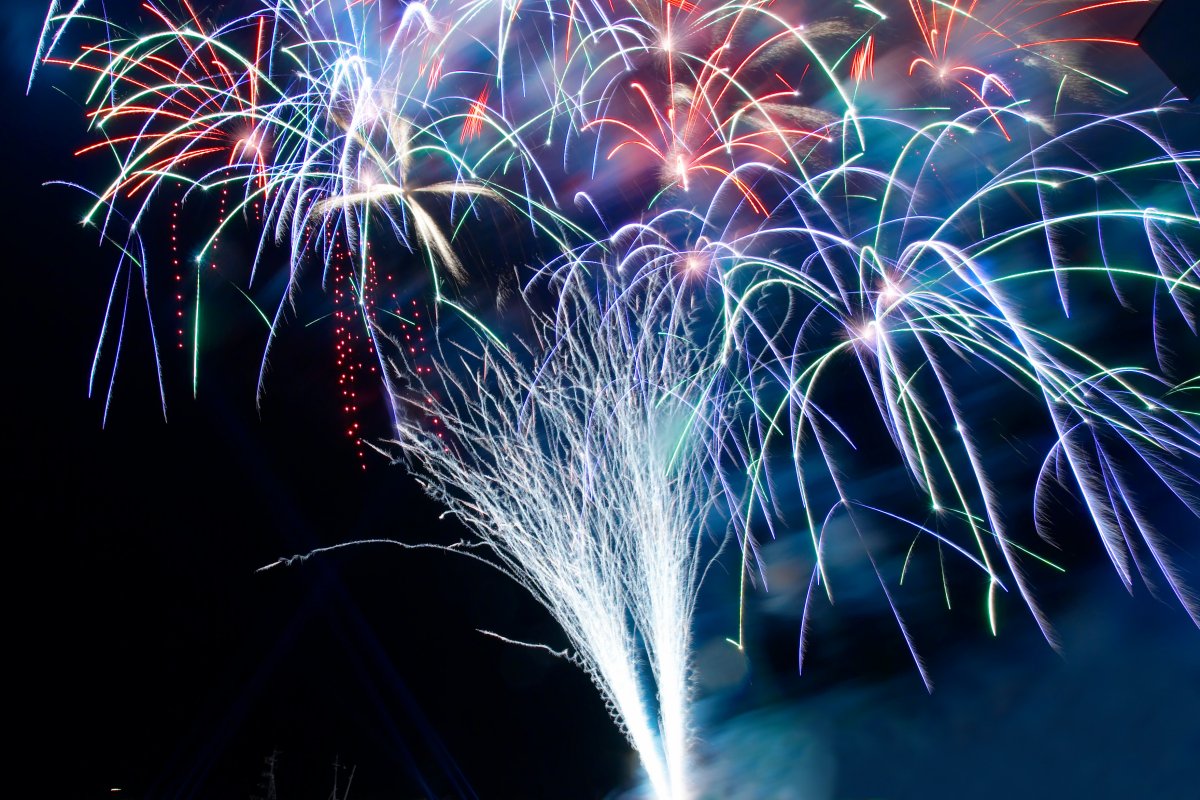
Leave a comment
All comments are moderated before being published.
This site is protected by hCaptcha and the hCaptcha Privacy Policy and Terms of Service apply.